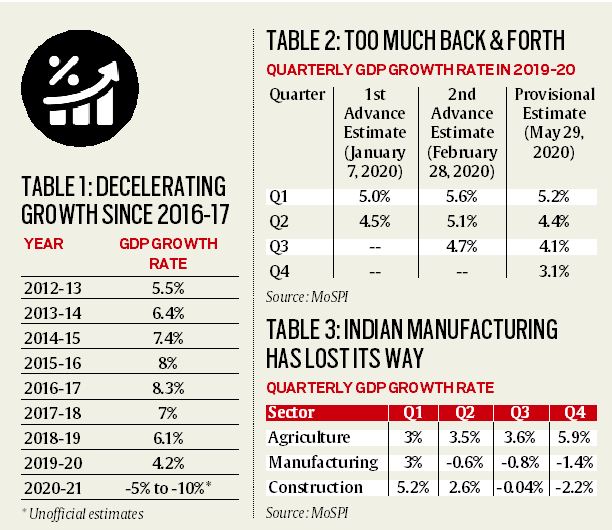7667766266
enquiry@shankarias.in
Why in news?
The Ministry of Statistics and Programme Implementation (MoSPI) has released the data for -
What is the GDP growth projection?
What is the nominal GDP scenario?
Why is this a big concern?
What is the concern with frequent revisions in quarterly GDP?

What is the larger concern?
What does all this mean?
Source: Indian Express